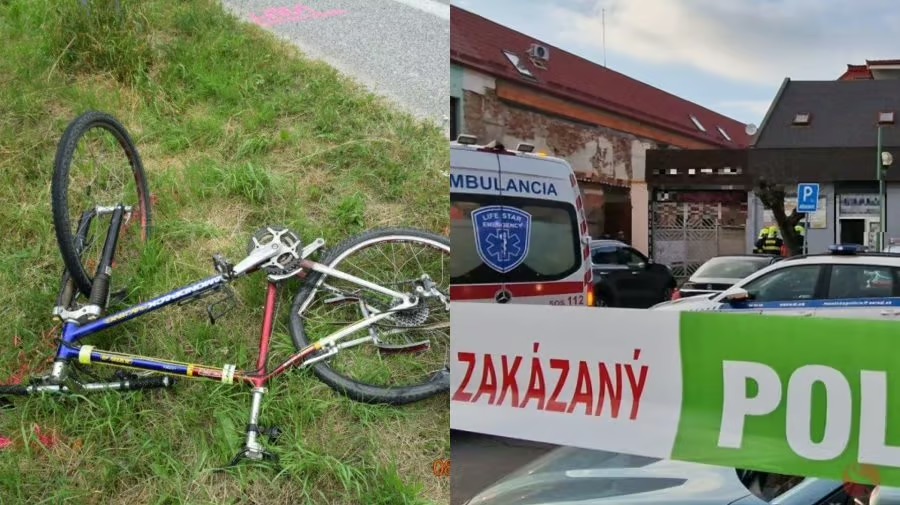Zern (2014) discusses the debate initiated by Der Spiegel, questioning the reliability of the antiziganism study published by the German anti-discrimination agency. Fleischhauer/Petrovich (2014) criticised that the anti-discrimination agency added one field of the middle scale values in its statistical analysis, which the researchers had not assigned to the “negative” category. Zern, in her article for the MiGAZIN, points out that the criticism of Fleischhauer and Witsch is besides the point: it is not the statistical evaluation that is decisive, but rather, the emergence and adherence of prejudices against Rroma. This topic was not addressed satisfactorily by the study: “What problems does the finding that not more than 30 percent, but 20.4 percent of the German majority society don’t want to have Sinti and Roma as their neighbours solve? Should we not rather ask what such a survey says us about our society that rather relies on numbers rathere than ask about the origin of antiziganism? […] It would be important to put the attitudes of the majority society towards the Sinti and Roma into the proper context – and vice versa, because a majority of society cannot be conceived without its minorities. What circumstances have contributed to the mentioned attitudes of the majority society? For what reasons people began to think in stereotypical ways about Sinti and Roma? And how do Sinti and Roma perceive the majority society?” Zern thus addresses an important topic of research on prejudices: how do prejudices emerge and how are they maintained? In the case of Rroma, the negative stereotypes find their origin in the confrontation of the first immigrant Rroma with the rigid feudal order of medieval Europe. The Rroma with their ambiguous status raised this clear order to question, and with it existing power relations. Soon “gypsies” were equated with all those population groups, which were regarded as maladjusted, antisocial or seditious. However, these mechanisms of demarcation are not only a historical process, but also play an important role in the synchronous social sciences.
At the intercultural weeks of Offenburg, stereotypes against Rroma also played a crucial role. In the opening ceremony, politicians and Rroma discussed about the perception problems of the minority: “Daniel Strauss, from Mannheim and chairman of the state association of German Sinti and Roma, said in the panel discussion that the “construction of the gypsy” is the problem, Sinti and Roma should be protected against this construction. “Gypsy depictions have nothing to do with Sinti and Roma.” However, with the money this cannot be resolved. “This is not a financial problem”, said Strauss” (Rudolf 2014).
- Fleischhauer, Jan/Witsch, Kathrin (2014) Politische Wissenschaften. In: Der Spiegel vom 6.10.2014., S. 42-43.
- Rudolf, Harald (2014) Veränderung fängt in den Köpfen an. In: Badische Zeitung online vom 7.10.2014. http://www.badische-zeitung.de/offenburg/veraenderung-faengt-in-den-koepfen-an–92384433.html
- Zern, Rubina (2014) Antiziganismus – Wir brauchen konsequente Forschung im Kontext der Ursprünge. In: MiGAZIN online vom 14.10.2014. http://www.migazin.de/2014/10/14/wir-brauchen-konsequente-forschung-im-kontext-der-urspruenge/







